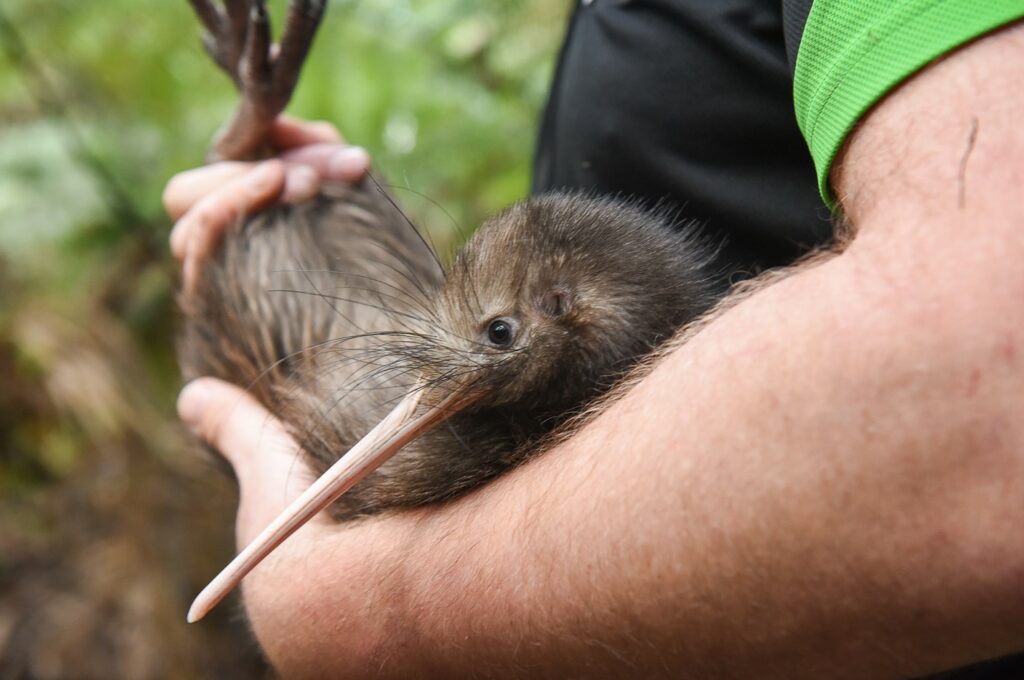

We are very fortunate to have kiwi living and breeding in Pukenui Forest right in the “lungs of the city” of Whangarei. All kiwi that were released into Pukenui are now wild birds and their tracking / monitoring devices have been removed. So, how do we know what is happening with our treasured kiwi? Every year we carry out annual kiwi listening surveys usually during May and June to venture into our forest to listen and count the calls.
Kiwi are most active at night when they leave their burrows and call to mark their territory and stay in touch with their mates and family. The best time to listen to kiwi calling is on a moonless night, up to two hours after dark, and just before dawn.
What does kiwi listening involve? The monitoring method involves recording all kiwi calls heard over a two hour period on four nights (6pm-8pm).
We are looking for volunteers to help and assist us with kiwi listening. This is what to expect:
- You will begin walking to your designated area just before sunset (usually 5-5.30pm).
- Once at your site you will get comfortable and fill in details such as your name, date and weather conditions.
- At around 6pm you may begin your kiwi count which will take 2 hours. This involves recording any kiwi calls heard also noting the sex of the bird, the time the call was heard, the direction the call came from (use compass bearing) and an approximate distance from your location.
- When you get to 8pm you can stop and begin the walk out of the forest.
- This is repeated over 4 nights. It does not need to be on consecutive nights and how many nights you do is up to you.
- There is also a handy kiwi listening app which makes it super easy!
Please Contact Us if you are interested or want to know more. Full training will be provided.
Keen to know what a kiwi sounds like? Check the difference between a male and a female bird. And don’t get confused that you think it is a kiwi when in fact it is a morepork!
Any support in protecting and saving our Kiwi is greatly appreciated.